VENICE at a turning point: will it go back to mass tourism? / Venezia in trasformazione: tornerà al turismo di massa? (ENG/ITA)
Dear Steemians,
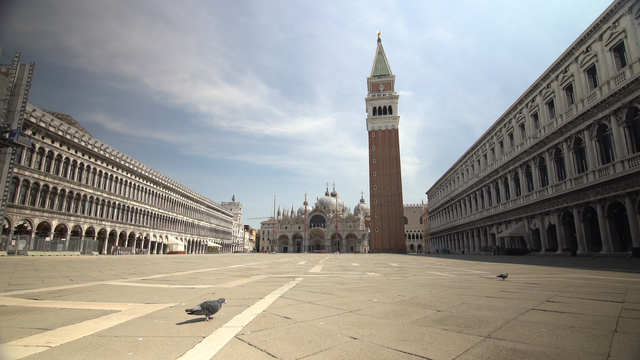
Venice, along with Milan, was one of the first cities in Europe to have a curfew. The city council was forced to cancel the carnival. It had never happened before.
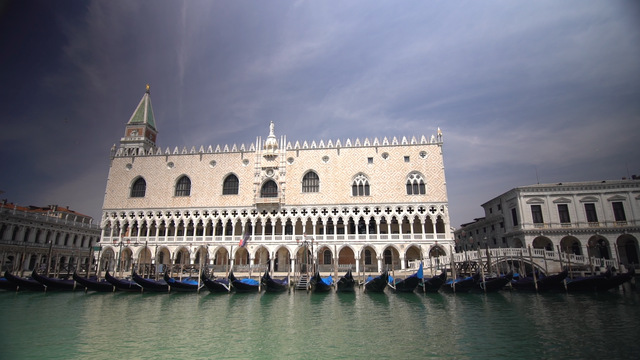
🎞

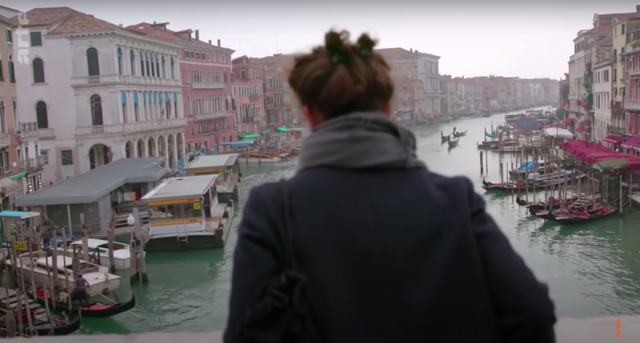
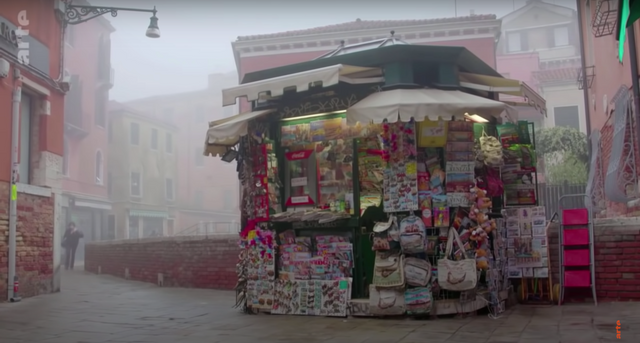
And it also left many residents surprised, because even they had never seen Venice so beautiful.
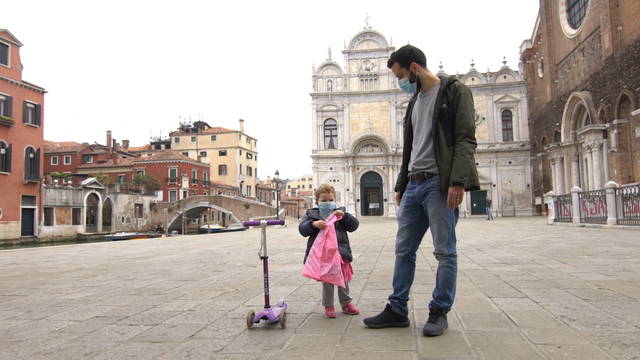
re-elected in September 2020.

🇮🇹Cari Steemians 🇮🇹
vorrei parlarvi del mio ultimo documentario girato per il canale culturale europeo ARTE arte.tv.
Al momento si trova in Francese e in Tedesco, ma uscirà presto anche in Italiano: potete vedere il documentario qui
Affronta il controverso tema del turismo a Venezia, e del destino di questa città dopo la pandemia.
In tutto il mondo, luoghi turistici prima sovrappopolati sono diventati scenari da film apocalittici e metropoli mondiali sono diventate città fantasma...quasi dall'oggi al domani: surreali e affascinanti, deprimenti, spaventose.
Venezia, insieme a Milano, è stata una delle prime città in Europa ad avere il coprifuoco. Il consiglio comunale è stato costretto a cancellare il carnevale. Non era mai successo prima.
Venezia è una città che non si è mai fermata prima del Covid, che ha sofferto la folla, la spazzatura, il rumore e il traffico del turismo di massa, della sua volgarità. I residenti, come è noto, hanno provato a fare sentire la propria voce, ma con il tempo il numero degli attivisti si è ridotto, e la loro voce si è affievolita, un po' perché rimaneva inascoltata dalla amministrazione locale, e un po' perché si infrangeva con interessi economici ben più grandi di loro.
La visione delle città deserte rimarrà iconograficamente impressa nella memoria del mondo intero, ma Venezia non è una città qualsiasi. Quel vuoto improvviso, quel silenzio, era il vuoto lasciato dai residenti, oltre che dai turisti. Ci si è accorti che a viverci, a Venezia, sono rimasti davvero in pochi. Dal 1951, quando aveva raggiunto il suo massimo di 174 808 residenti, il centro storico di Venezia ha perso circa il 70% della popolazione, attestandosi sui circa 50 mila abitanti nel 2020. Ogni anno, prima della pandemia, Venezia veniva visitata da 30 milioni di persone l'anno. Fate un po' voi i conti.
Ora a Venezia l'acqua è calma, l'aria è pulita. Si sentono stridere i gabbiani e non i trolley sulle pietre. Quasi nessun'altra città al mondo è stata più segnata dalla morte, dal contagio e dalle epidemie come Venezia. Durante la pandemia di peste del XIV secolo, la città decise di isolare le navi in arrivo per 40 giorni. Il termine quarantena deriva infatti da questo numero - "quaranta". Venezia ha le spalle larghe e può sopravvivere anche al Covid, ma poi?
Venezia soffre di fondamenta cadenti perché è stata progettata da geniali architetti ma per una navigazione a remi e non a motore. Infatti il moto ondoso scava lentamente sotto gli edifici. Ha un sistema fognario non adatto ad ospitare un bagno per camera, come negli alberghi - tant'è che il Doge stesso condivideva il bagno con il resto della servitù. È insomma una città estremamente fragile, in equilibrio precario, e tremendamente bella, se vissuta in modo autentico. Senza il turismo di massa, camminare per le 'fondamenta' (così si chiamano infatti i marciapiedi di Venezia) o vogare per i canali, mi ha lasciato senza fiato. E ha lasciato anche molti residenti sorpresi, perché nemmeno loro l'avevano mai vista così bella, nemmeno i più anziani.
Il grande enigma della città più bella del mondo ora è questo: come ribaltare un modello economico basato sulla mono-cultura del turismo di massa. Da una parte molti residenti dipendono dall'indotto del turismo, come ristoranti, piccole attività, i gondolieri, piccoli alberghi e Airbnb, dall'altra parte sono ben pochi ormai i residenti del centro storico che realmente traggono profitto dal turismo. La fetta più grande spetta infatti ai grandi investitori stranieri, alle crociere, alle grandi catene di alberghi di Mestre, sulla terraferma. È importante capire che Mestre fa comune con Venezia e alle elezioni comunali vota compatta per chiunque porti avanti l'attuale modello economico, come il sindaco Brugnaro, rieletto a settembre 2020.
In questa costellazione, sembra improbabile che veneziani possano riprendersi Venezia.
Spero che il documentario possa aprire gli occhi su un'altra opportunità unica che questo 2020 ha creato, quella di poter vedere degli scenari diversi, e quindi di reinventare le nostre città diversamente.
Buona visione!
Alessandro&Elena
i LOVE Venice
Das ist mehr als verständlich 🎈
Thank you very much for this precious inside. It saddens me to learn, that there are only breadcrumbs from the mass tourism left for the residents. I was wondering if you ever considered living in Venice. Without a football pitch around.
It seems to be like a very artificial environment that turns natural due to its age.
What do you personally feel about Venice? I’m looking forward to hearing your response.
Kind wishes, yours,
@crypto.journo 🤸♀️
Hey @crypto.journo thanks for reading. I personally think I want to move there one day. It feels like a big privilege to live in Venice but due to mass tourism it can feel like a curse sometimes. Football is important to me but I'd like to learn how to row the Venecian way. Then it'd be like time travelling..
This post has received a 29.29 % upvote from @boomerang.
19.09% | From: @elenahornfilm!
Looking for a new project/investment?
This post has been upvoted by @steemcurator06, the account that curates The European Communities with the support of the Steem Community Curation Project.
@girolamomarotta
Italy Country Representative 🇮🇹